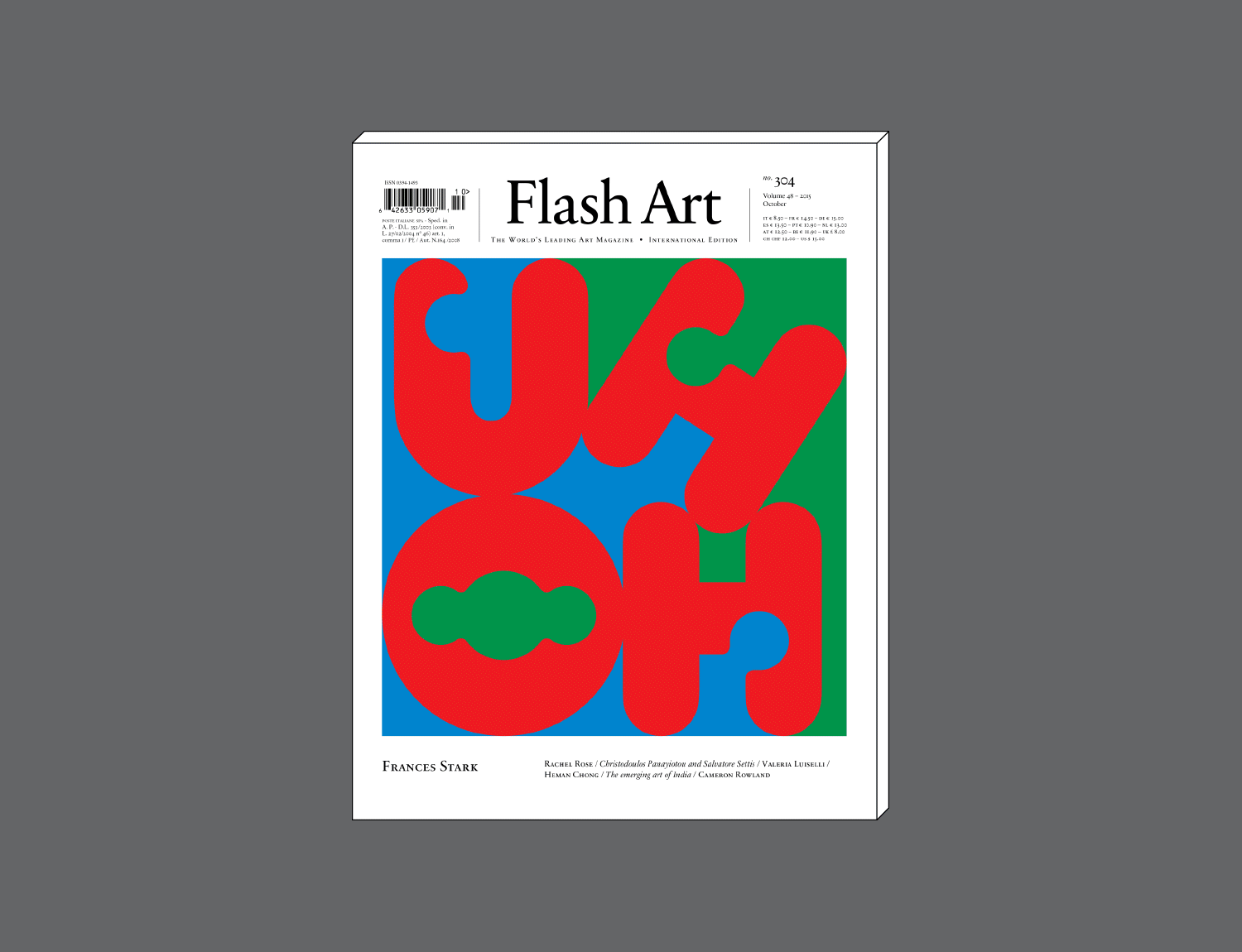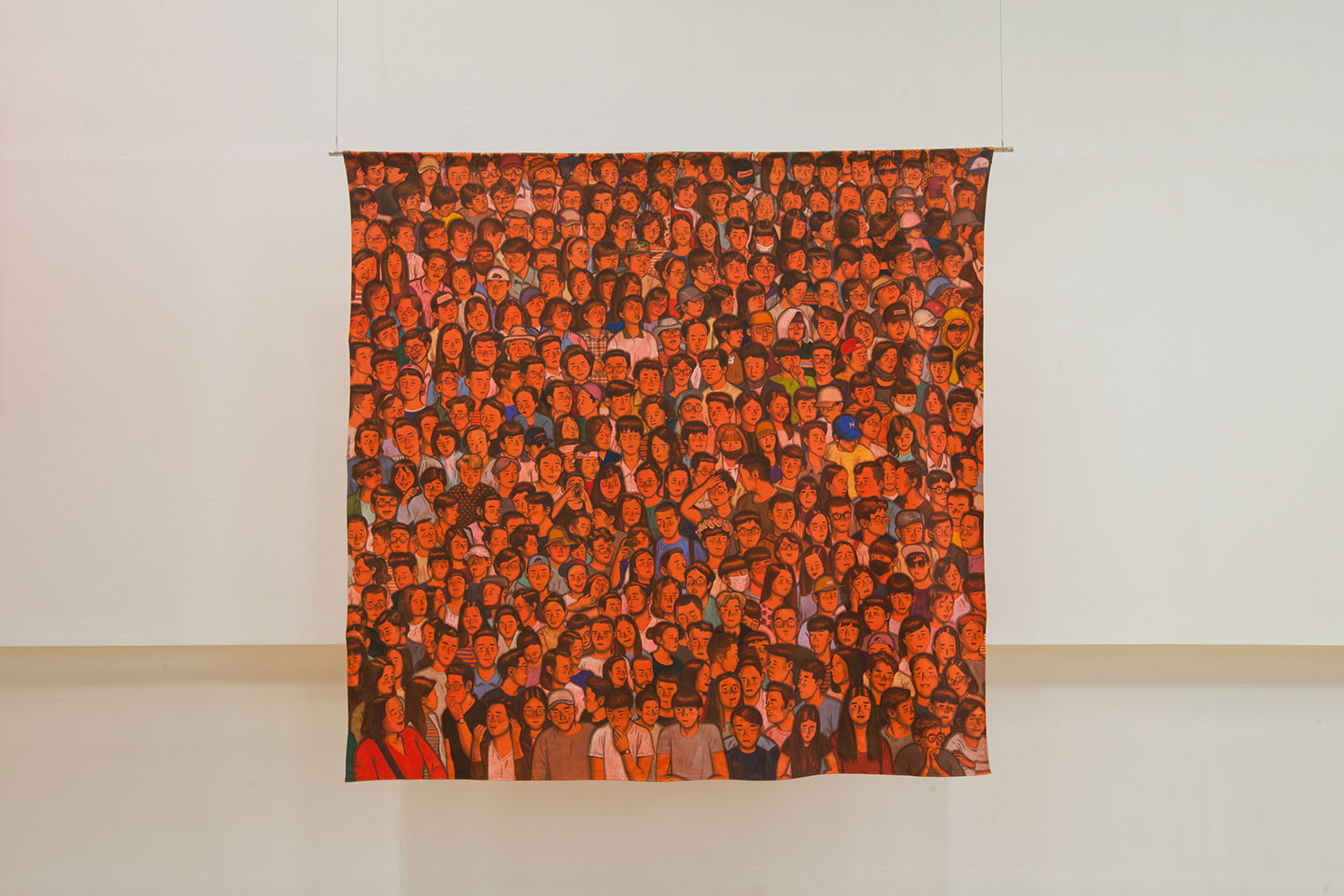The 2015 Jakarta Biennale, titled “Maju Kena, Mundur Kena: Bertindak Sekarang” [Neither Forward nor Back: Acting in the Present], runs from November 15, 2015, through January 17, 2016.
Charles Esche, director of the Van Abbemuseum, is collaborating with six emerging Indonesian curators to question what it means to act as artists and cultural communities in the present day. Here Esche discusses the Biennale’s theme, his curatorial approach, and how art can make a difference to society.
The curatorial premise is dedicated to examining our present condition through the exploration of three fundamental issues: water, history today and gender. How did you develop the concept?
The ideas were developed through working together with the emerging curators, and are based on our collective experiences of Jakarta, Indonesian artists and international comparisons. I started by visiting number of NGOs in the city, guided by the curators and artists. The issue of water — the status of the rivers in Jakarta, the constant threat of floods, water pollution, the right to housing near rivers, the archipelago state of Indonesia itself — kept on appearing at the edges of conversations. It seemed worthwhile to bring it to the center, especially as it was an issue we addressed in the last Bienal de São Paulo.
The way artists and Indonesian society as a whole are beginning to address the problems of the Suharto dictatorship and his uncompleted overthrow in 1998 prompted looking at history through the lens of the present. We decided to look back to the art and popular culture of the 1980s in particular to find out how that era shapes today. Regarding the question of gender and the position of women, arose in many artworks — especially photography by women artists from the region.
Do you think that the biennale has the power or responsibility to act as a catalyst for social change?
I think artists have the potential to make the world a better place, and I am most interested in those that accept this challenge. The exhibition is often about small, immediate victories that can be discovered in and through art. There is a modesty here, but also a contrast to the total solutions that go back to old traditions or forward to utopian futures. I think artists from this region have some sympathy for that idea.
Founded in 1974, the Jakarta Biennale has a strong historical background rooted in Indonesian social and political progression. How will the Biennale maintain this local relevance while also incorporating an international perspective?
More than half the artists will be from Indonesia and the subjects we are addressing seem important here. The international artists will usually bend their practice around the Indonesian situation in terms of subject matter and production, while bringing in their own obsessions of course. Most are making new works for the Biennale in Indonesia. As for social and political progression, it is hard to talk about that ideology today. I think decolonization and what we might call “demodernization” are more useful terms, especially here — they see progress from a more sustainable and holistic perspective.
Rejecting a singular curatorial vision, you are working with a group of young Indonesian curators. In a country where there is a lack of institutional infrastructure, how important is this method of knowledge circulation? What has the process been like?
I proposed this method to the Biennale board as soon as I was invited. It is important to me that I try to offer whatever knowledge and experience I have and to leave some of it behind. At the same time, I needed help to make an impressive biennial that connects to Jakarta, Indonesia and its people. The six curators and one writer come from across Indonesia: from Aceh to Sulawesi. So, it is an exchange process that I hope cuts both ways. I hope they are gaining some insights into how I work as a curator: with artists, with space, with text and with all the possibilities that a biennial offers. It has been a delight traveling together and understanding how art can play a role in society here.
Thinking about biennials globally, in recent years we’ve seen controlled, polished museum models as well as more relational and spontaneous approaches. Could you tell us about the format planned for Jakarta?
I think the art world has enough polished museums and galleries, so I am always disappointed by those cautious, controlled museum biennales. They mostly seem to serve the interests of the elite art market anyway. Jakarta will try to be modest and avoid the usual biennale rhetoric. We have a simple and large warehouse space, Gudang Sarinah, and we will use quite simple building materials to create different mini-kampungs where artworks will be shown in clusters. As a visitor, you will find a central area where you can orientate yourself, see some performances or activities and return after visiting one of the mini-kampungs. I hope it will be a place that people will simply enjoy.
There will also be a series of offsite community projects. What are the reasons behind this, and what type of work are these groups involved in?
The offsite projects will be in different communities, especially in the less formal areas in North Jakarta. The main medium will be murals and mostly by Indonesian women artists. There will also be works made from recycled plastic decorating the concrete in the areas, bringing a group from Makassar together with a Jakartan collective. The artists and communities will also be present in the main Gudang Sarinah exhibition, hopefully with works that reflect the experience of working together. The reason is simple: we want to see artists making a difference out in the world.




